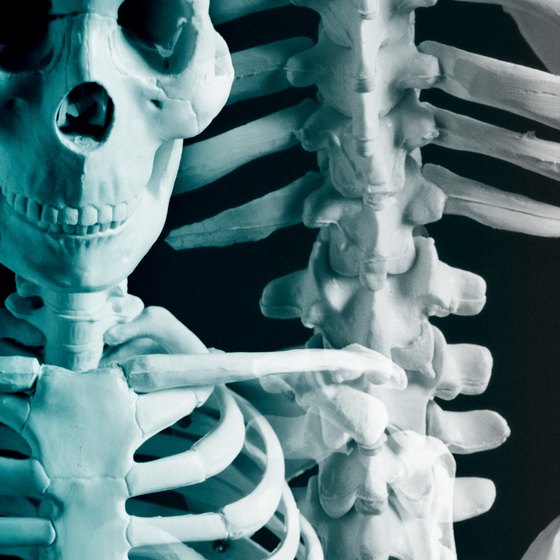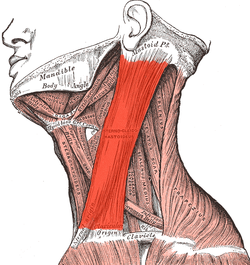@farmerman,
Quote:Really?, do we have a No bell Prize waiting for you? You seem to be getting a free education from the folks herein but its not" taking". I really should just dismiss you as ineducable.
Youre beliefs may be funny but theyre also sad because you have absolutely no idea about what your speaking and youre just "making believe" that you do. Who ya trying to impress with your crap?
Nobel Prize uses to be a reward based on honesty when reviewing the candidates. But after knowing that Al Gore and Barack Obama received the award, no doubt that the institution is actually corrupted.
Show me that the horse actually have evolved.
I can show you in a simple comparison that the horse has lost characteristics in greater percent than gaining new ones, and this process of losing more and gaining less is called DEGENERATION.
Quote:Point and copy where exactly I said the above? How can we show muscle attachment nodes on any end of bones here no muscle even exists?? I said that wqe can trace where qwhere insertions and distal ends of muscles leave scars on bones (I asnsewered your question to how we knew where bones even attach, and I said that "its easy".
In simple words, you have no idea of what was the muscle in question. Lets check below.
Quote:In my career Ive used many examples of atavisms in molluscs and Athifagusleaves that changed through geologic time and re-exerted their original leaf style after having first been statistically over grown with other leaf styles in a cooling climate. It, just like the wings of the peppered moth or the primate muscles of the clavicle and collar bones, there was a statistically significant variation in the population that could re assert itself by selection as the environment changes. Your "degeneration" when genetics is considered shows that, a trait may be totally wiped out but the trait STILL REMAINS ON THE GENOME. Are you able to absorb that fact or do you deny genetics too??
It is clear that you lost the case of the missing muscle in humans.
The case of the moths has been solved already as a confusion of deluded evolutionists who can't differentiate their fantasy of light moths "getting darker because pollution" and statistics showing that light color moths and dark color moths always coexisted.
Very well, you have here the clavicule

Lets find the muscle you were talking about
Is this the muscle you are referring to?
Subclavius muscle

Or this one?
Conoid ligament (upper left)

Perhaps this one?
Trapezoid ligament. Center top

What about this one?
Pectoralis major.

Or, come on, try with this one.
Sternocleidomastoid muscle

All pictures credits to Healthy Living AZ Central and Wikipedia
What is the missing muscle in question?
Look that it has been observed that a human can live and perform when the clavicle has been removed, but what about the muscles?
You affirm of the missing muscle because no traces of it attached to the clavicle was seen. Specify what was the muscle in question.
_______________________________________
Give me the name of the mollusc that shows certain characteristics first, and later lost them to recover them later on.
What areas those molluscs were found for comparison.
______________________________________________
Also, provide the entire evaluation made, if others muscles or parts of the body show differences. This is to say, the T-Rex lost the giant teeth but developed a beak with tiny teeth. The T-Rex also lost its tail, etc.
To mention one part of the body is not enough, you must provide the evaluation of the whole parts found in each particular case.
I don't buy your story, and I don't buy the chronology presented by evolutionists.
First, the facts.
Provide the requested information, the muscle name, the entire evaluation of the whole bones, the zones where the bones were found.
Very simple request. No explanation is asked.